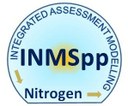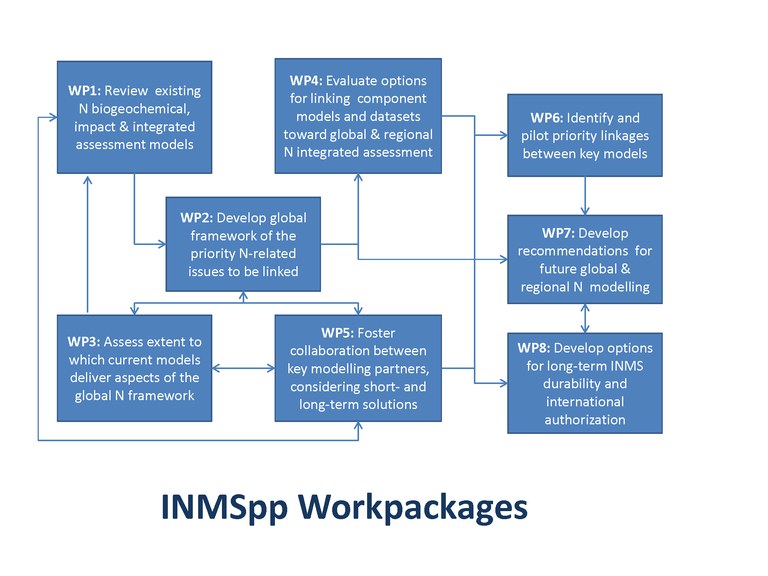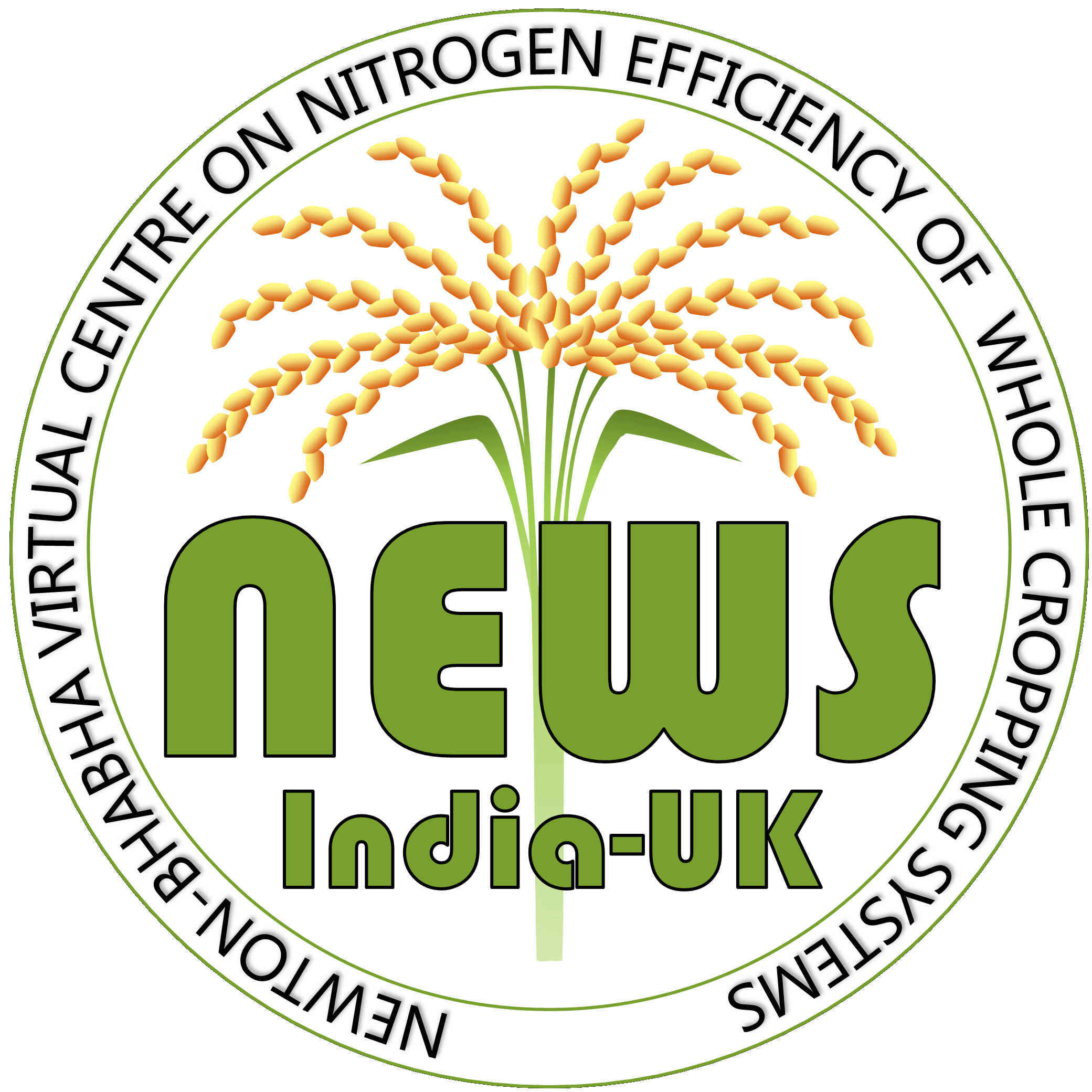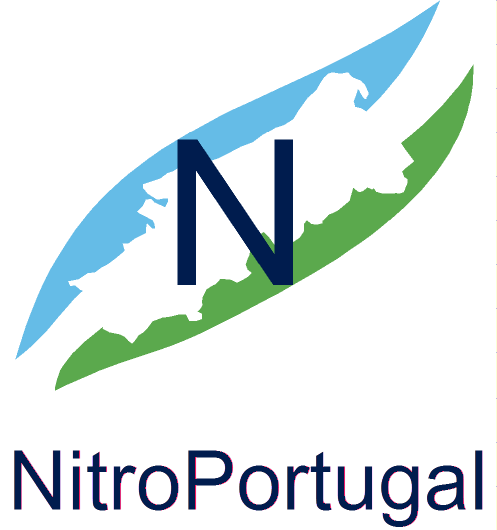INMS Pump Priming Project
The overall goal of INMS Pump Priming Project is to establish a framework for the international model chain that will be needed for the International Nitrogen Management System. The focus starts from the needs of international conventions and policy makers to demonstrate how feasible improvements in global and regional nitrogen management would translate into quantified co-benefits (expressed as improved food and energy security, reduced pollution and climate threats and in net economic terms). The overall goal therefore focuses on developing the global capability for nitrogen integrated assessment modelling, linking air, land, water, food, energy and other nitrogen-related issues. It is a three year project which began in 2014.
Specific Objectives
The project has 8 Specific Objectives, which correspond to 8 Workpackages:
- WP1. To review existing biogeochemical, impact and integrated assessment models relevant for different aspects of global nitrogen flows, benefits/threats and cost-benefit analysis at regional and global scales, including their suitability for addressing a range of regionally specific mitigation and adaptation options.
- WP2. To develop a global framework of the key issues to be linked in to future global and regional integrated assessment modelling for nitrogen, considering initial prioritization of essential and desirable criteria, including the need for verification in relation to available measurements and other datasets.
- WP3. To assess the extent to which current component models can deliver aspects of the global nitrogen framework, identifying the key gaps between different domains (air, land, water, food, energy etc) and the available models.
- WP4. To evaluate and summarize the options for linking models and datasets towards an implementation of the global nitrogen framework for integrated assessment of nitrogen benefits and threats.
- WP5. To foster collaboration between key modelling partners, drawing on both UK National Capability and international expertise, towards the development of joined up nitrogen modelling solutions, including both (simpler) short-term options and (preferable) longer-term solutions that require further development.
- WP6. To identify and pilot a short-list of priority linkages for development in cooperation with key partners.
- WP7. To feed the outcomes into developing a set of recommendations for future development of integrated global modelling of nitrogen, that can be used for long-term development of the INMS and inform the development of future UK and international research strategies.
- WP8. To examine and further develop the options for long-term durability and authorization of the eventual INMS system, in relation to future financing mechanisms, including through UK National Capability, the Global Environment Facility (GEF), UNEP and other European and international mechanisms.
The overall linkages between these workpackages is shown in the figure above.
NEWS India-UK Virtual Joint Centre
The NEWS India-UK Virtual Joint Centre builds on existing global leadership by UK and Indian nitrogen (N) researchers to develop and test innovative approaches that optimize N management and help food security goals to be met while also reducing multiple environmental threats. The acronym "NEWS" stands for “Nitrogen Efficiency of Whole cropping Systems”, reflecting the need for both increased efficiency of N uptake and better planning of the whole crop rotation. However, NEWS India-UK also takes two important further steps. Firstly, it applies the outcomes of biological and agronomic advances in N use efficiency (NUE) at the farm scale. Secondly, it scales up the outcomes to the national scale.
Analysis of natural genetic variation, together with the opportunity that can be provided by Genetic Modification (GM) techniques, will support process studies on improving plant level NUE. At the field scale, the project will quantify full N budgets, measure all major N emissions to the air and water and demonstrate how NUE improvements translate into reduced N pollution and greenhouse gas emissions.
The field scale will also bring together the options to see how a combination of genetic and agronomic improvements can maximize net benefits of better N management for higher productivity and climate resilience. The experimental datasets will then be applied, with support of case studies, to assess the farm scale NUE, using mathematical models to bring information together. Simple tools will be developed to support small-holder farmers in better decision making with respect to N use.
Finally, the national-scale work will use models to scale up field and farm scale results. This will use available national data on Indian agriculture, together with expert understanding, to develop country-level estimates and provide a forward look.
NitroPortugal
NitroPortugal is aiming to strength Portuguese research and innovation capacities in the field of excess reactive nitrogen.
For nearly a century mankind had caused unprecedented changes to the nitrogen cycle by more than doubling the transformation of non-reactive atmospheric di-nitrogen (N2) into reactive nitrogen (Nr) forms, which cascade through the environment. From this problem, five key issues have been identified by the European Nitrogen Assessment: i) Water quality, ii) Air quality, iii) Greenhouse gases, iv) Ecosystems and biodiversity and v) Soil quality (WAGES concept).
NitroPortugal will provide training of the Portuguese partners in the five topics of the WAGES approach. It will raise the S&T staff skills and scientific productivity of the partners to create a cohesive and comprehensive knowledge working group. The Key Training Elements can be summarized as:
- Training in key research areas of the nitrogen cycle and corresponding scientific production;
- Training on nitrogen integration and synthesis, to build the ground for the elaboration of a Portuguese Ni-trogen Assessment, which will be addressed both as training as well as science output;
- Training on science interface to national and international policy development, creating an interface to the UNECE-TFRN delivering substantial synergy with the twinning activity.
The work plan to fulfill the objectives of the project has been subdivided into 9 major work packages (WP)
- WP1 is dedicated to project management, administration and co-ordination and will be ongoing throughout the project. ISA, the leader of this work package, will ensure that all milestones and deliverables are achieved on time and according to the work plan, and will ensure efficient collaboration takes place not only pro-ject-internally between all the partners, but also with external national partners and in collaboration with other na-tional entities.
- WP2 consists of the scientific and knowledge management of the project throughout the project. Lead scientists from the supporting countries' teams (NERC, Aarhus University) will integrate the Scientific Coordina-tion Group (SCG) and will supervise the quality of the science and technology training and outreach produced during the project. The SCG will also chair the thematic workshops which are a key component of the training and outreach activities within the consortium. Materials produced will be of a scientific but also technical and practical nature, to be supplied to policy boards (e.g. Portuguese Environmental Agency). A range of training and outreach activities are planned to be carried out within the consorti-um only, chaired by the UK and Danish partners (NERC and AU) under
- WP3. These integrative training activities on the holistic view of the N issue will be organized in WP3.
- We propose five specific training WPs (WP 4 to 8), one for each of the WAGES topics (Water, Air, Greenhouse gases, Ecosystems and biodiversity and Soils). These will mainly consist of staff exchanges, expert visits, thematic workshops and other outreach activities coordinated by WP3. A common structure of tasks will be adopted for each of these WPs: a) to review and organize all availa-ble databases existing on the topic, followed by a publication, b) to identify scientific gaps and identify key ques-tions for discussion. C) to discuss these questions at five thematic outreach thematic workshops. To ensure the impact of the project at the scientific level, several publications are planned.
- Further external dissemination and outreach activities outside the consortium are planned in WP9, to ensure that the project outcomes impact on a wider audience. For this purpose, a range of activities are planned, including a wrap-up workshop resulting in an holistic view of nitrogen in Portu-gal, which will serve as basis for the Portuguese Nitrogen Assessment, summer schools, and interactions with poli-cy makers, stakeholders and the wider public who often have very little knowledge on N.




